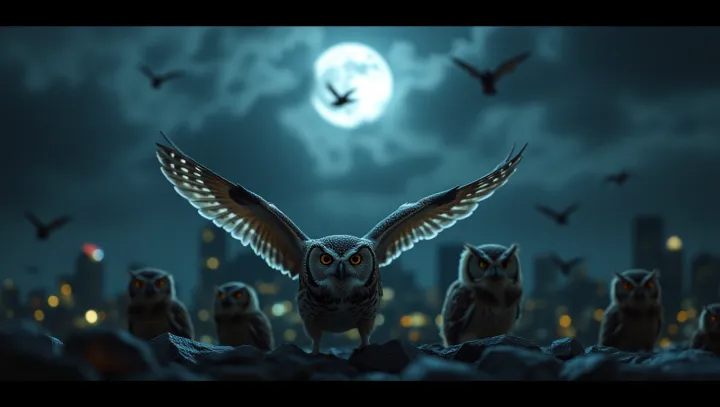Light Pollution's Dark Impact on Night Creatures

In areas such as Los Angeles, light pollution has emerged as an invisible predator for nocturnal animals. This phenomenon is increasingly becoming a critical issue, causing significant disruption to the natural behaviors and life cycles of these creatures. A recent study conducted by experts from the University of California reveals the adverse impacts of artificial lighting, which confuses and disorients nocturnal birds, insects, and mammals.
These disruptions not only affect feeding and mating patterns but can also lead to population declines. "Light pollution is not just a local issue; it is a global challenge," notes Dr. Emily Carter, an environmental scientist.
"If left unchecked, there is a potential for cascading effects on ecosystems worldwide." Dr. Carter advocates for innovative solutions such as implementing 'dark sky zones' and using motion-sensitive lighting to reduce the impact. The balance of urban development and wildlife conservation hangs in the balance, necessitating urgent and effective policies.
